Are we talking about one of those angle cubes (that's what I like to call them

)? If yes, IMO they're not that great for machining setups cause they can only be used in the vertical position.
I have the AccuRemote one but I only use it for my knife sharpener.
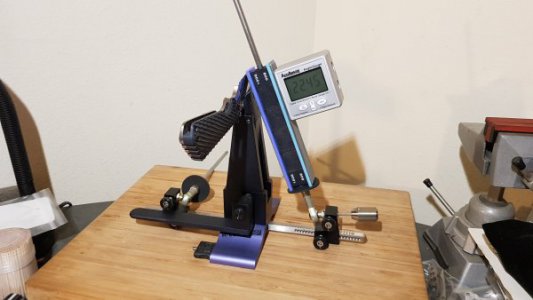
I used to use a different one that had more features. It could be used laying on it's back & could measure the angles of 2 planes simultaneously. But it had an internal rechargeable battery, everytime I went to use it, it would be dead.
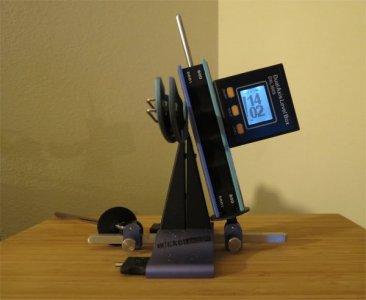
IMO angle finders like these would be more useful for machining since it could be used in any orientation. Like the angle cube it's not that accurate. But as mentioned, both would be perfectly fine for non-precision use & setting up/checking things in the shop.
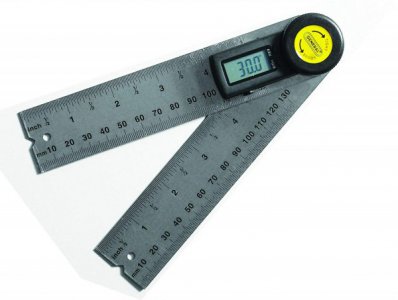
I have a SPI branded digital protractor. It's claimed to have an accuracy of 5 minutes & resolution of 30 secs. It's a cheap China tool & I don't trust it's accuracy but it's plenty good enough for anything I do. I rarely ever use it though. I originally wanted a vernier protractor but I scored this one on ebay for cheap from a seller who didn't know what it was. These things originally cost over $300. No way I would pay that much for one, no matter, looks like they don't make it anymore. No surprise.

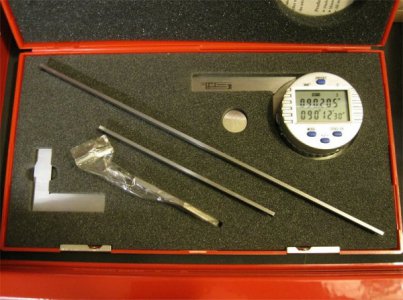
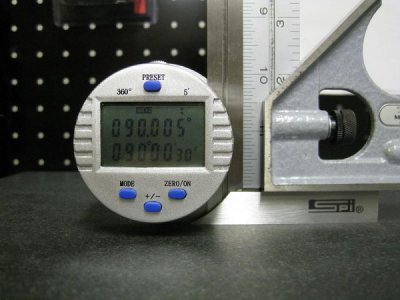


 )? If yes, IMO they're not that great for machining setups cause they can only be used in the vertical position.
)? If yes, IMO they're not that great for machining setups cause they can only be used in the vertical position.



